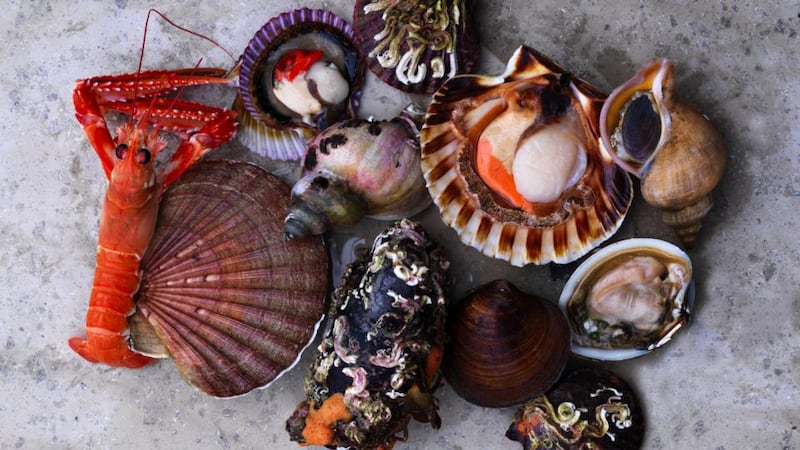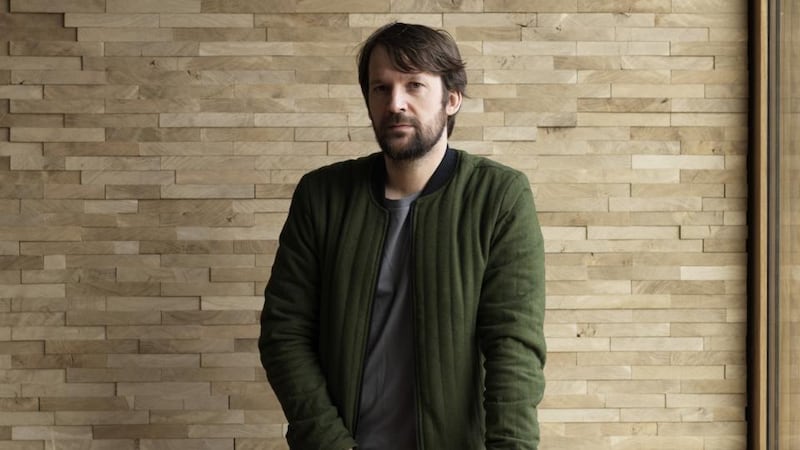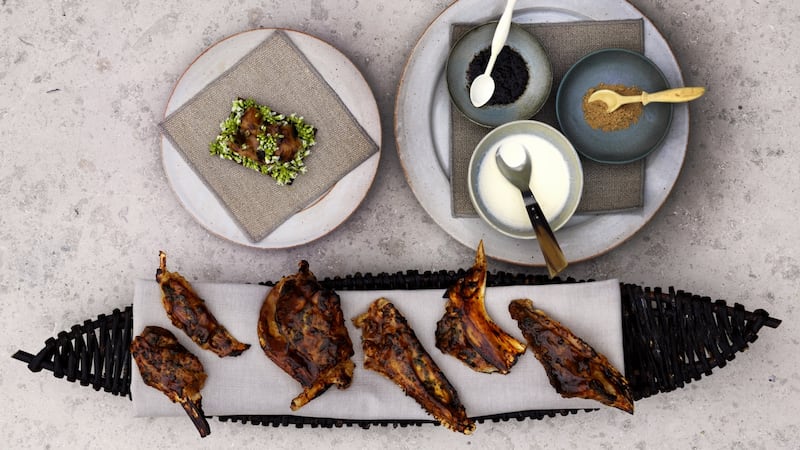There are few sequels that are better than the original – The Empire Strikes Back, Godfather II, Manon des Sources, Toy Story 2.
Noma's original story is a movie I've been watching closely for years now, but it's one of the most misunderstood, as just saying the name to some triggers critiques that have little to do with the actual experience. Like when people say they won't try Game of Thrones because they're not into fairytales about dragons, normally curious people are often less curious about the most important thing in the Noma show – what it tastes like – and eye-roll at the thought of eating something live or insects, fermentation or foraging. Things that have existed for all time and are just walk-on parts in Noma.
This sequel nearly didn’t make its opening weekend – delays, overspend and keeping one of the most employable restaurant crews on the planet on the payroll for nearly a year with no Noma to actually work in nearly bankrupted it.

Arriving a few weeks after the opening, I wasn't sure what to expect or how different Noma 2.0 would be to the original. René Redzepi has created the new Copenhagen HQ around a site he found in 2014, where there was an old burned-out bunker that had been a shooting gallery. I say HQ, as this is more than a restaurant – this handsome collection of buildings is more like a campus. New Noma is sprawling – a series of interlocking wood-panelled spaces with floor-to-ceiling windows, and which must have one of the 50 best carpenters in the world. It looks like the kitchen under the stars from the Noma Tulum pop-up has been wrapped in glass and wood, and it smells gently of fresh timber, like a new ship.
For a restaurant that has inspired more than its fair share of covers bands, I figure what will be copied first and often is new Noma’s take on the seasons. Noma 2.0 has three. I went to an all-seafood restaurant in March and now it’s more or less vegetarian, with a couple of creature condiments thrown in for the summer. My fish supper was interrupted at one point by staff pointing out the Noma fox that skirts the moat like a wraith outside in the dark. He should get off side in autumn when the game and forest menu kicks in.
Seafood treasure
Not a lot grows in Scandiland in winter but seafood is at its best – fat and juicy and oily and ripe for harvest. So what happens when you limit your larder not just to Nordic countries but to their wintry seas? Good things happen is the answer. This lot sold snow to the Eskimos when they popped up in Tokyo, and combed the shores of Tasmania and the Yucatan peninsula for every kind of seafood treasure, so they have form.

Technically, I had 20 courses, some presented together, but this was really six courses of food in old money and the seafood made it even lighter. This was not some cold, stuffy study of cold oceans from a cold country – this was Nordic seafood reflected through the lens of nomadic Noma, food that wouldn't be possible without the time spent on location in Japan, Australia and Mexico.
It began with a sea-snail broth in its shell, like a little herald trumpeting the dinner ahead, the shell’s lip dusted like a margarita with a sweet-and-sour herby mix and a broth as tasty and comforting as chicken-noodle soup. Things you thought you’d never say, and the first taste of a very new restaurant.
Then came some venus clams with a spectacular savoury fudge, simple (not simple) mussels, and some welcome trickery in the form of a made-up trout roe starfish and a phantom jellyfish, a spooky creature formed of squid-juice jelly and lumpfish roe.

Next a seafood platter of ugly fruits of the sea – queen clams and matchstick strips of a mahogany clam that was already getting on in years when the Titanic sank. Oysters and sea urchin with walnut rose oil next, then a huge undulating sea cucumber brought to the table as fluffer for the bowl of sea cucumber crackling painted with an umami garum, followed by an ivory tube of squid, brushed with seaweed butter, posing on a little raft of blackcurrant branches. A sea-snail salad with roses in a dinky beeswax bowl, and then chicken in a basket – all the meat from a cod's head, barbecue-style, with an earthy mushroom glaze and bowls of condiments for dipping, four cuts of rich meat lacquered and grilled with dips of horseradish and ground ants.
After dessert – pear and roasted kelp ice cream in an edible mussel shell, cloudberries and pine cones, a sugar kelp tart and plankton cake – the last element is served in a room that could be a Japanese alpine lodge, by a big cosseting fire. Drinks then, and the petits fours by the fire are tiny, addictive, chewy, candied pine cones.
So far ahead
Early dining experiences in the first Noma had not always been perfect or easy but after each time, I viewed every other destination restaurant and chef as less influential. Noma was so far ahead, while sailing dangerously close to the wind. I think they might say at Noma that they always focused on flavour first, but because of what they were working with, that didn’t always happen. This has now changed.
There’s as much of the pop-ups of Japan, Australia and Mexico in the new Noma as there is the original restaurant – in what you see, what you eat and the service. Those year-long projects and the freedom of their new home is the change. This team is bursting with nerves and pride for the new ship they’ve built from the bits and bobs gathered from those adventures. Though someone lucky enough to get a table there for the first time won’t see any of that. They don’t need to.
Redzepi has always had a preternatural instinct for taking something you’d probably ignore and making it into something interesting, often delicious but frequently challenging. Like any good sequel, this one keeps the best ideas and characters but builds something new. The new Noma is a very different movie from the original. There are new ingredients and techniques in a brand new setting with a snazzy new R&D facility but they are all strictly the supporting cast, on call to one needy, almost impossible to work with but indispensable star – being delicious.









